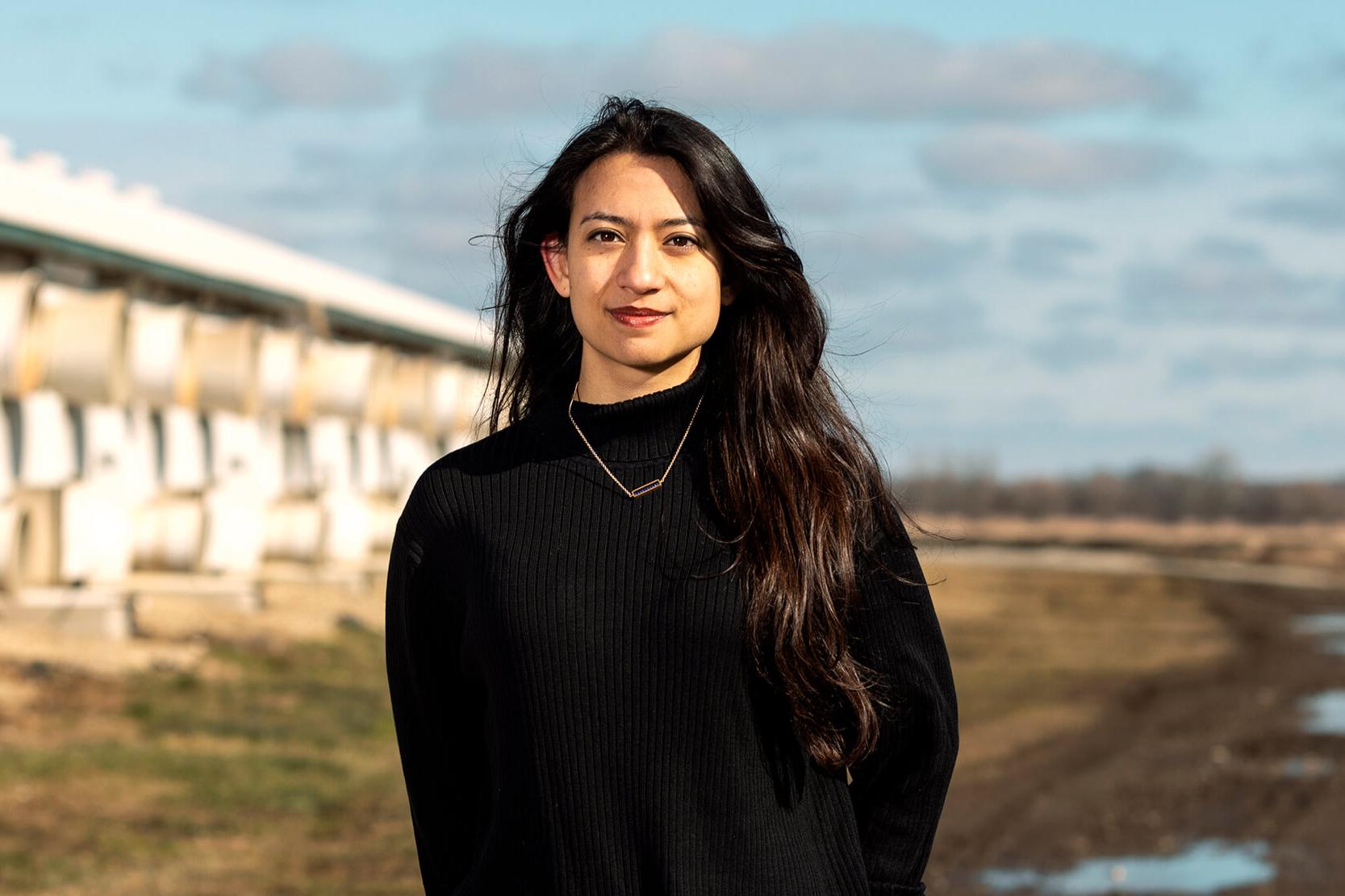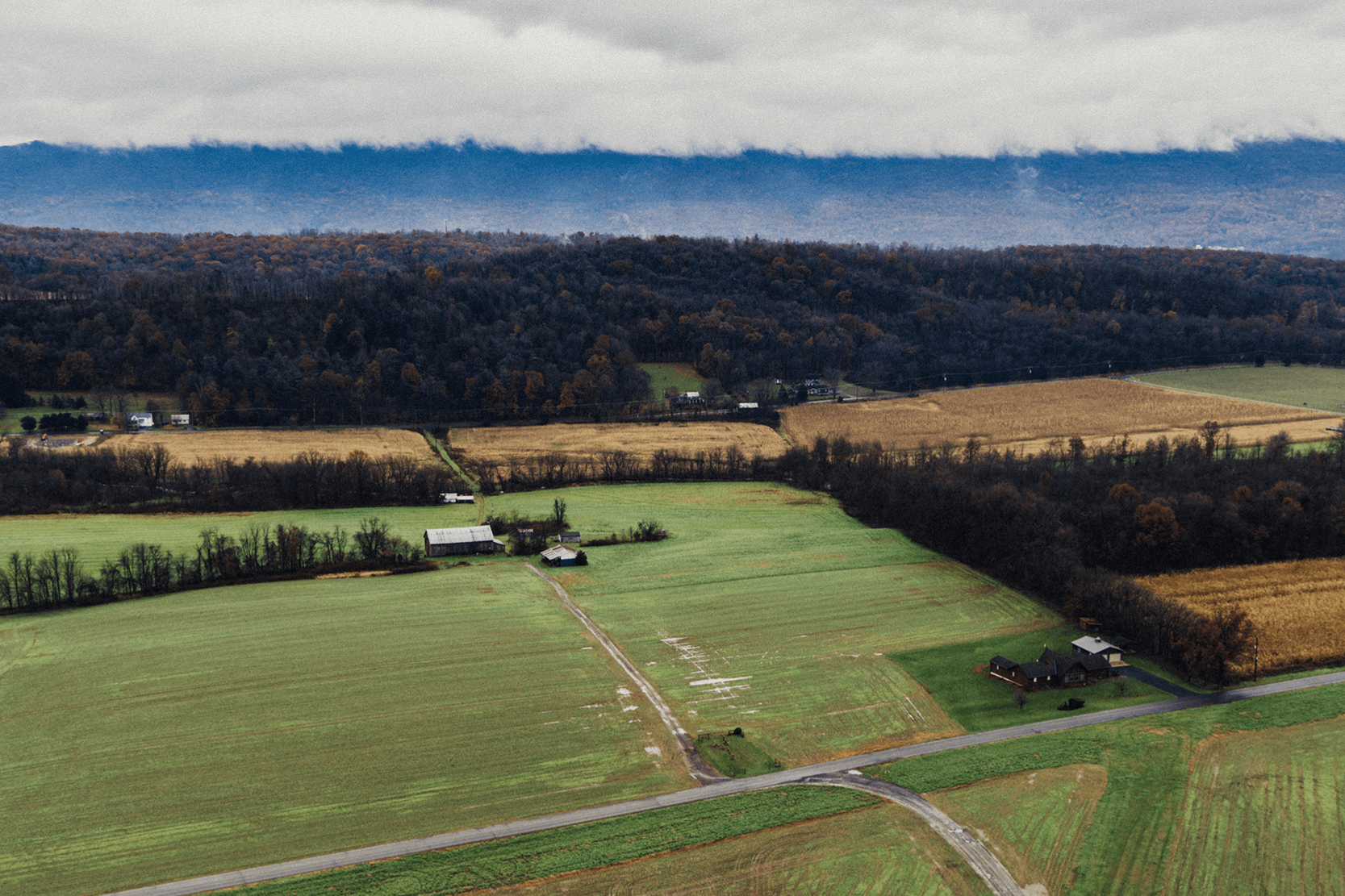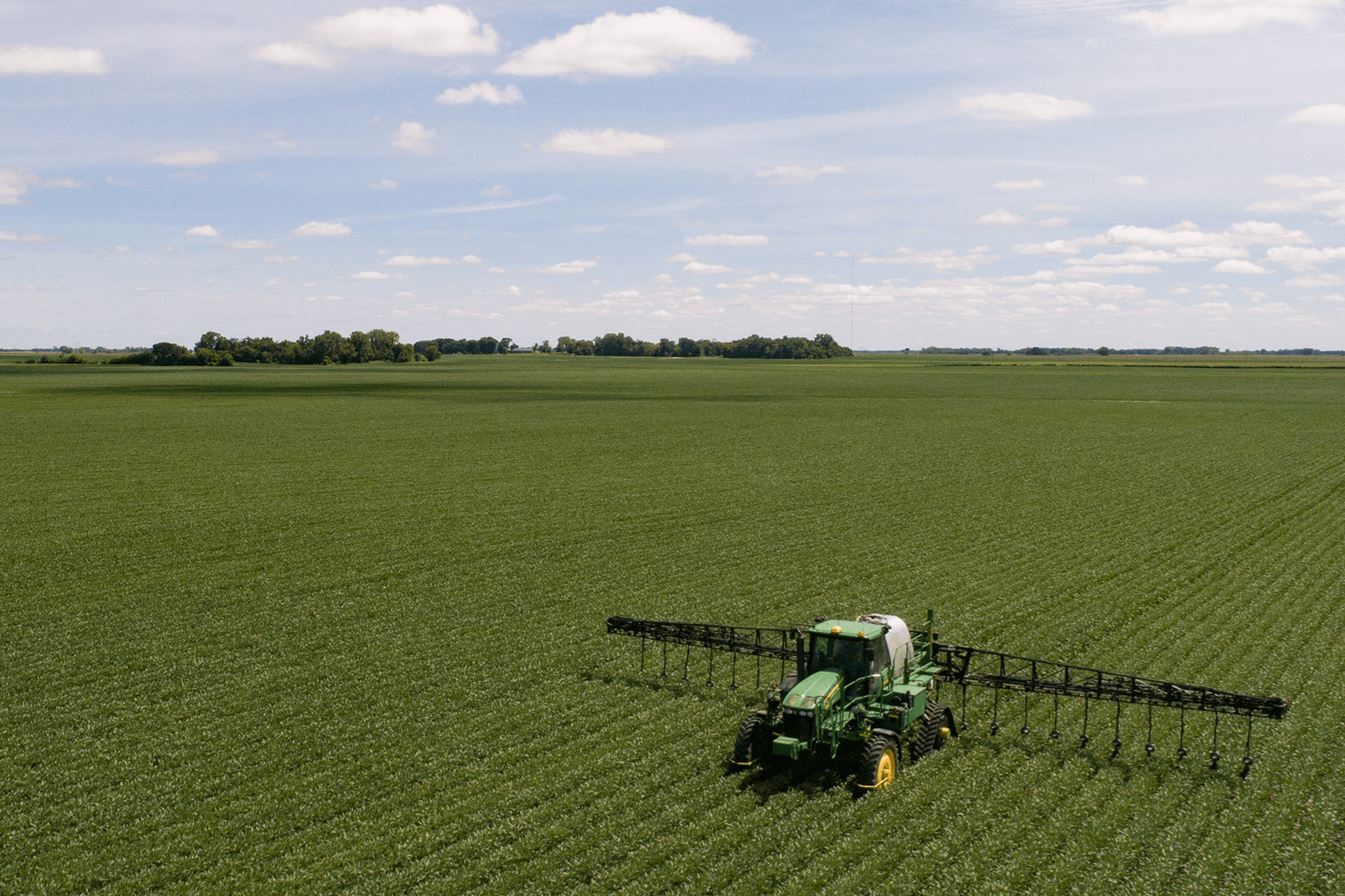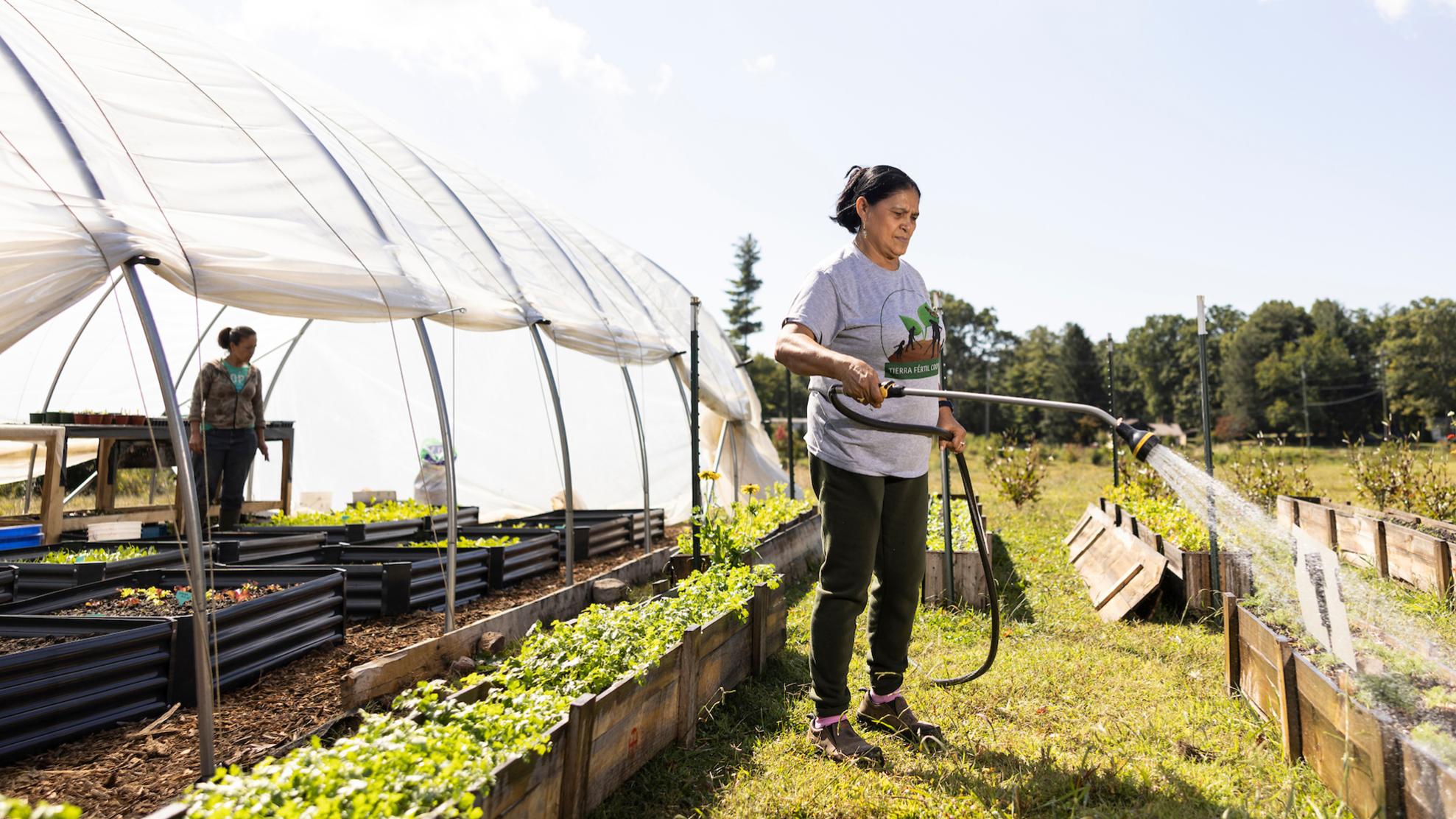
Business
Creating cooperative change
Building a better future starts with working cooperatively.
The cooperative business model tends to shine in times of upheaval, from co-ops working together to feed displaced Europeans with CARE packages after World War II to farmers collaborating to bring electricity to rural America to the ingenuity of co-ops in response to the coronavirus pandemic. But the model also inspires innovation, change and forward momentum during “normal” times.
Courtney Berner, who leads the University of Wisconsin’s Center on Cooperatives chalks this up to the model’s “ability to take the long view.” “The goal of co-ops is not short-term results,” she says. “The goal is delivering value.”
At Land O’Lakes, Inc., a farmer cooperative founded in 1921, profit is an important motivator, but it’s not the only one, says Pete Kappelman, a fourth-generation dairy farmer and Land O’Lakes vice president. He considers the health and welfare of rural areas a key value of the co-op—both in the US and abroad.
The cooperative structure allows Land O’ Lakes to do things purely profit-driven enterprises might not, he says. One example is the American Connection Project, a nationwide rural broadband consortium convened by Land O’Lakes, which sprang directly from one of the seven cooperative principles the organization follows: democratic member control.
Thanks to Land O’Lakes’s structure—the co-op’s governance includes a board of directors and a network of regional councils—the voices of farmer-members are regularly heard and heeded. At one listening session years ago, owners raised connectivity concerns. “As high-speed Internet was evolving, big portions of rural America started realizing that we're getting left behind,” he says. “It started out being driven more from our farmers’ perspective, being able to employ technology on the acre, and then we quickly realized we also need our local communities to be successful in delivering education and health care opportunities online.”
He also cites Venture37 as an initiative that might not arise out of a non-cooperative business structure. A Land O’Lakes–run nonprofit, it works to strengthen agricultural economies worldwide through training, mentorship, and other programs, often working in partnership with cooperatives in Asia and Africa. “It’s all about farmers helping farmers—and helping address hunger all around the world,” he says.
“It’s the kind of thing some companies might draw attention to in their corporate social responsibility report, but this is something we've been doing for longer than those reports were generated.”
While many co-op decisions do impact sales, they often arise from listening to both members and the community it serves. “We dropped a vendor recently because of misogynistic marketing campaigns they continued to run, despite lots of feedback from members of the cycling community,” says Henry Slocum, a mechanic and co-owner of Minneapolis’s Hub Bike Co-op. “Our slogan is ‘all types of bikes for all types of people,’ and we want to stock bikes, accessories and apparel that are inclusive. We don’t know if we can change the industry this way, but we know we can listen to our community.”
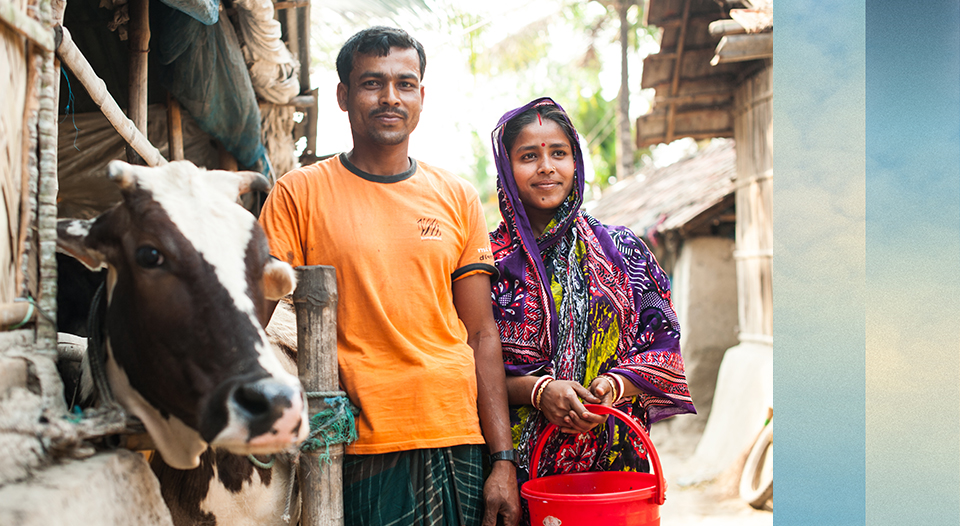
Land O'Lakes Venture37 works to strengthen agricultural economies worldwide through training, mentorship, and other programs, often working in partnership with cooperatives in Asia and Africa.
Another key characteristic of co-ops, says Berner of the University of Wisconsin, is that while member benefits are central, there are often ripples that hit other shores. She cites Organic Valley, a Wisconsin-based co-op with some 1,800 members. “They’re a price-setter for organic milk. So if you’re an organic farmer, and even if you’re not an Organic Valley member, you're benefiting from the upward price pressure on organic milk that Organic Valley creates.”
On a macro scale, she points to a precursor to the rural broadband push: rural electric co-ops. Prior to the 1920s, Berner says, only ten percent of rural households had electricity, so farmers—already familiar with the cooperative model—led the charge to ensure electric service everywhere. “I love that example [not only] because it had a huge impact on people's lives and brought momentous change,” she says, “but also because it represents a beautiful confluence of local and national support—farmers, policy makers, technical experts, lenders—that built this whole system.”
Systems change
Weaver Street Market, a North Carolina chain of four cooperative groceries, is fairly unique in the cooperative sphere: as a multi-stakeholder co-op, it’s owned by both its workers and its consumer members. But James Watts, Weaver Street merchandising manager, clarifies. “We also recognize that there are other stakeholders in the equation: the local food system, the farming community, producers, entrepreneurs, non-member communities, all of that. That multi-stakeholder focus has given us ways to think more broadly about what we are trying to do and how we can to bring the benefits of cooperation to more people.”
For Weaver Street, that means not just being more welcoming to new audiences and potential members but doing its part to change underlying systems that hinder real inclusion. He says the co-op’s philanthropic foundation has begun helping low-income North Carolinians purchase co-op shares. “That helps us to diversify not only the customer base, but it forces us to diversify our thoughts about what our product mix should be so that we meet the needs of all the community members around us, not just the largely white, well educated, economically well-off folks who traditionally have shopped in natural foods co-ops.”
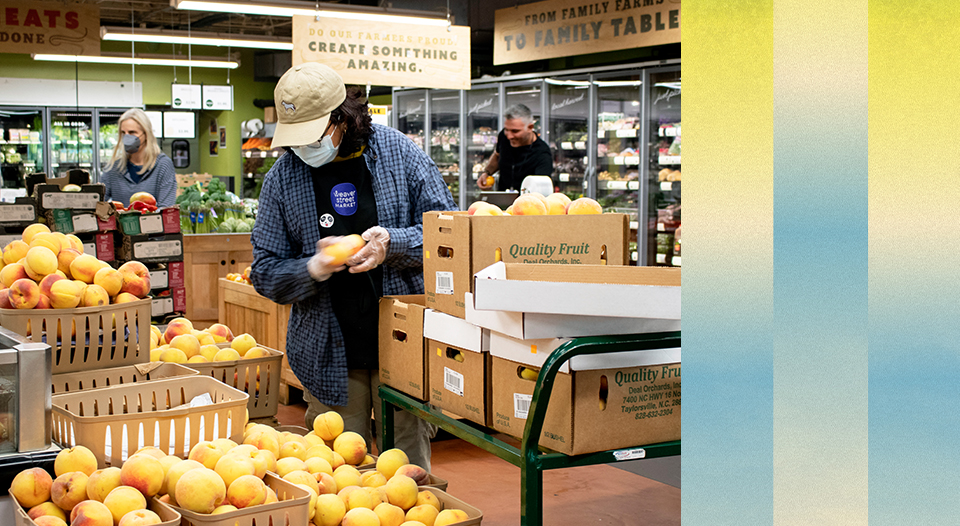
While many co-op decisions do impact sales, they often arise from listening to both members and the community it serves.
To that end, he and the whole Weaver Street enterprise have been looking at ways to work collaboratively with farmers to strengthen the local food system. Its Cooperative Community Fund gives grants to small-scale producers in the area, including Tierra Fertíl, an immigrant-run farmer co-op founded during the pandemic, and First Fruits Farm, a Black-owned charitable farm in Louisburg, North Carolina.
“We also need to use the food system infrastructure that's already here to create regional brands, to create ways that we can utilize the food, do the things that turn it into consumer packaged goods and still keep those resources here,” Watt says, nodding to efforts underway at Weaver Street to help local companies, particularly BIPOC ones, create such brands. “It’s really about understanding the value of recycling that dollar over and over in the community and how this kind of circular economic model can help build community wealth and well-being.”
It's difficult work, and Watt has some skepticism for the prospects for large-scale transformation. But if anyone can master transformation, says the Hub’s Slocum, co-ops can. He notes that consensus-oriented decision-making and community focus, as well as a focus on the future, are baked into the cooperative model.
“It’s not all pastures and rainbows here,” he acknowledges. “There’s definitely stress involved in operating a cooperative business, but at the end of the day, knowing that when a decision is made, it's not yours alone is a really great thing. It lends a degree of confidence in the decisions that you're making, that idea that we got here together—and whatever comes next, we do it together.
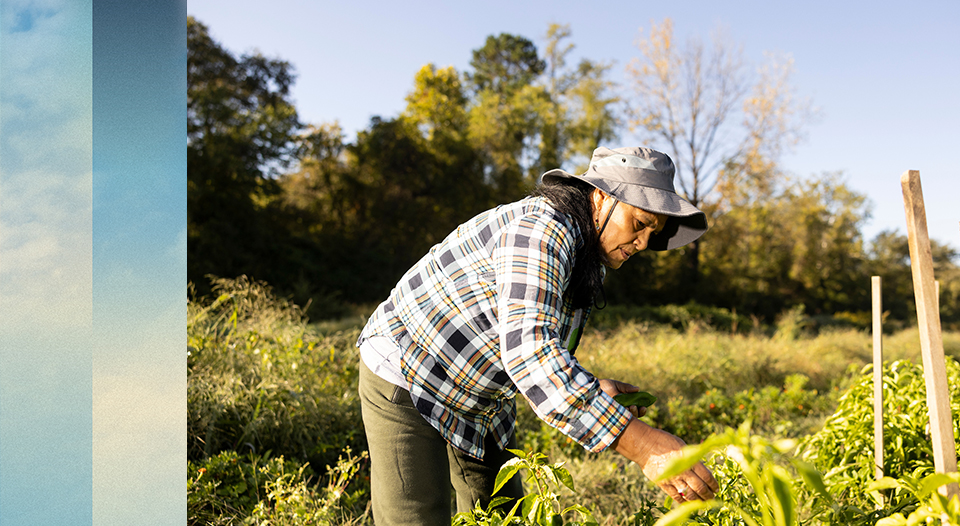
The Cooperative Community Fund gives grants to small-scale producers in the area, including Tierra Fertíl, an immigrant-run farmer co-op.


